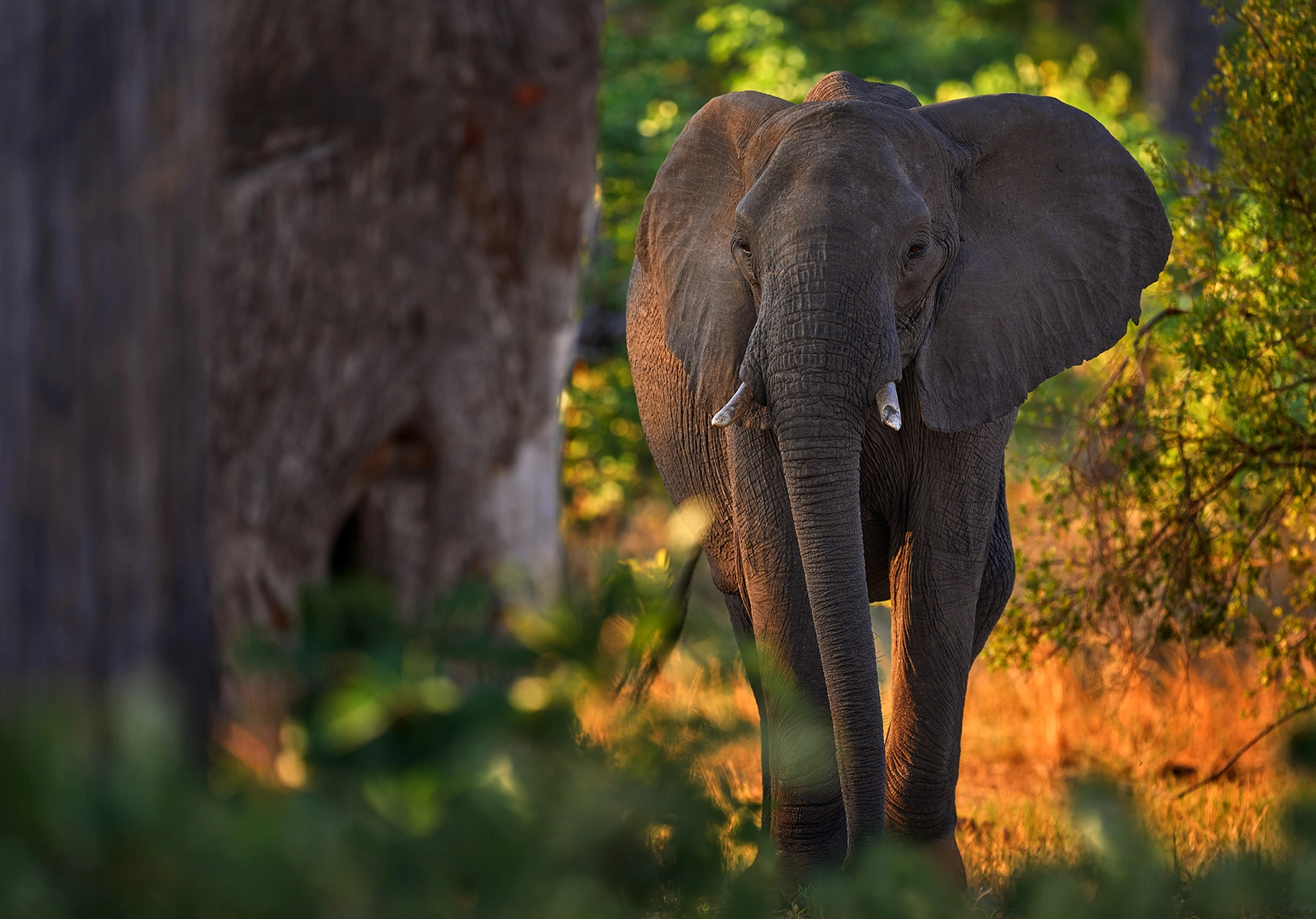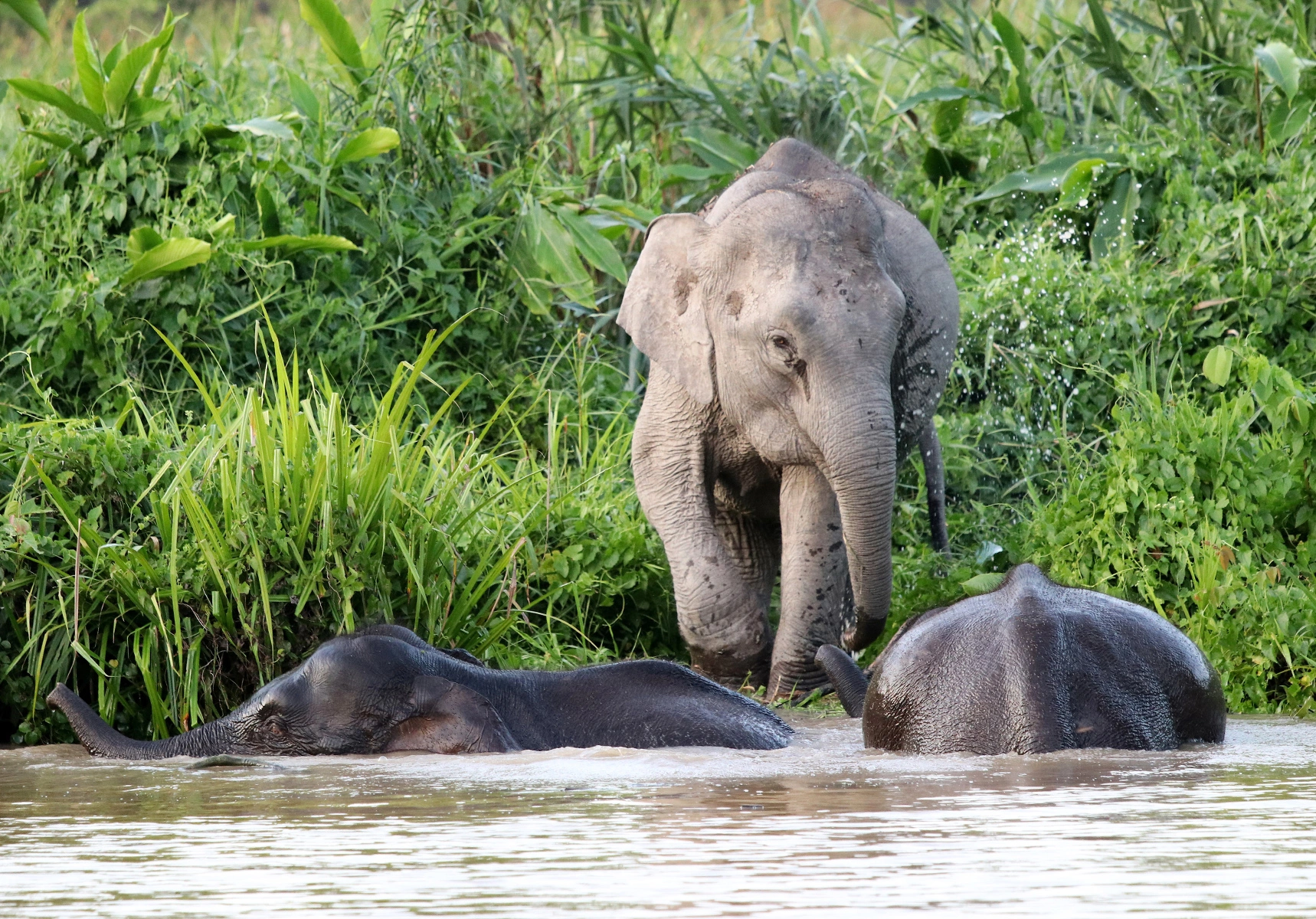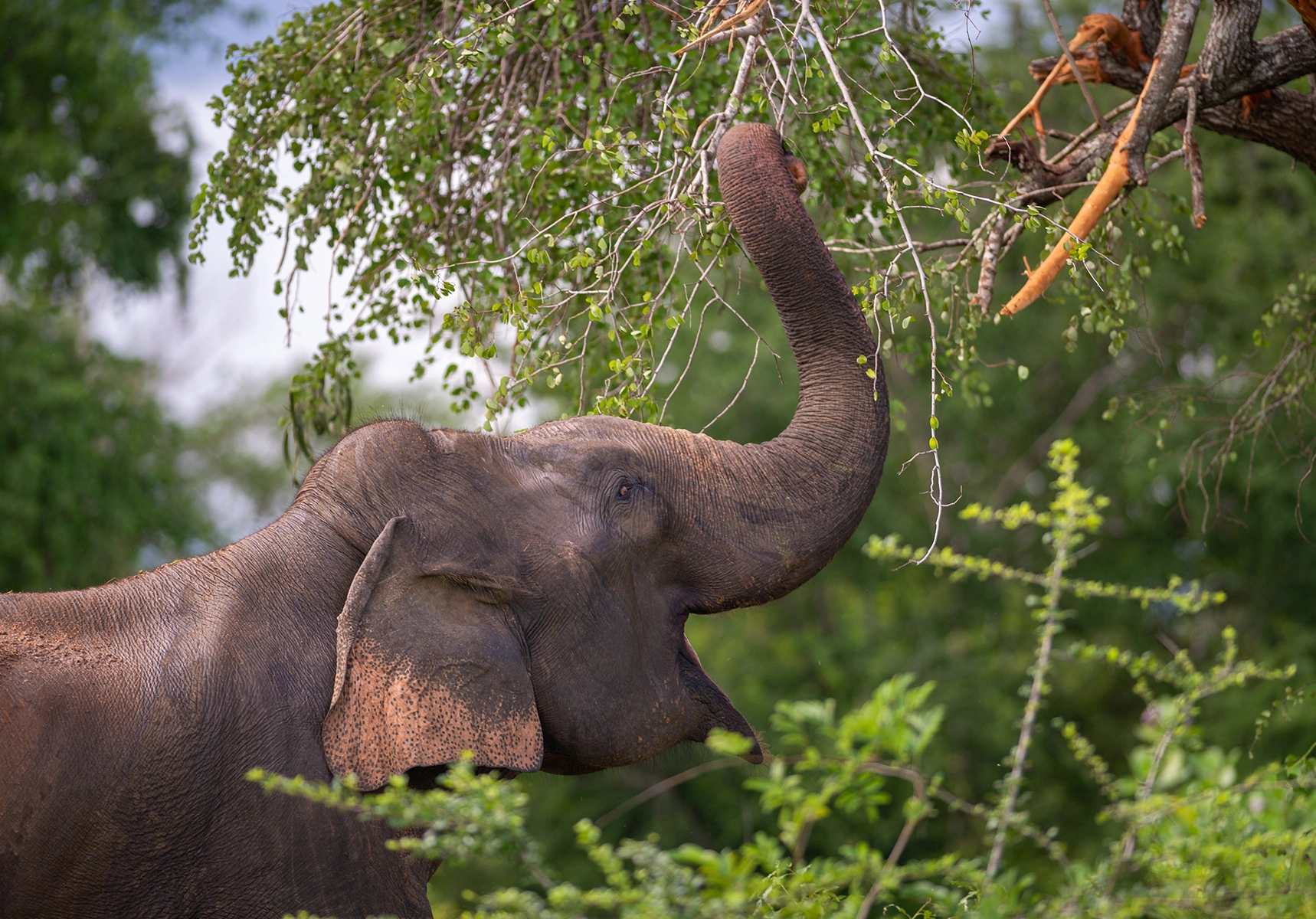Meet Tembo! His name means ‘elephant’ in Swahili, a tribute to his majestic and powerful presence as one of nature’s gentle giants.
Tembo’s roots stretch back over 60 million years, to a time when his ancestors were small, pig-sized creatures called Moeritherium. From those humble beginnings, Tembo’s family tree grew to include mammoths, mastodons, and the incredible African and Asian elephants we know today.
With his mighty tusks and remarkable memory, Tembo is a true symbol of wisdom and strength. He dreams of a world where his vast savanna home remains wild and free for his herd to roam.
Ready to march alongside Tembo? Let’s celebrate the legacy of these magnificent giants!
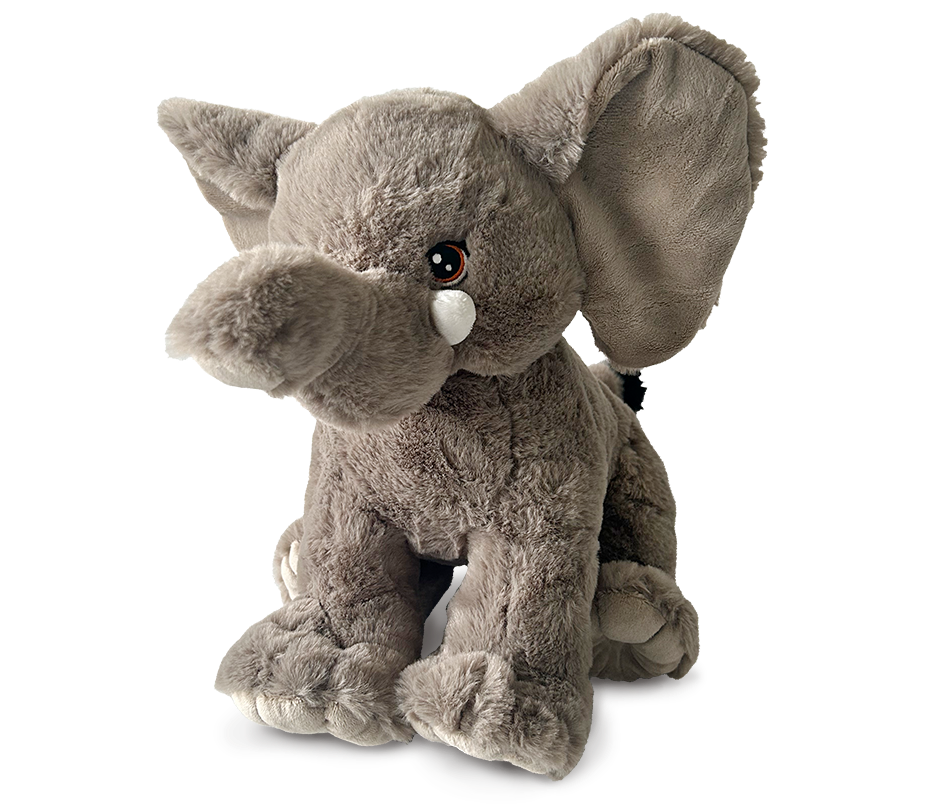
Origin
Elephants are native to Africa and Asia. African elephants inhabit savannas, forests, and deserts across sub-Saharan Africa, while Asian elephants are found in forests and grasslands in countries like India, Sri Lanka, Thailand, and Indonesia.
Risk Level
High, as elephants face threats from habitat loss, human-wildlife conflict, and poaching for ivory and body parts. Their large size and resource needs make them particularly vulnerable to environmental changes.
Species
Three recognized species: African savanna elephant (Loxodonta africana). African forest elephant (Loxodonta cyclotis). Asian elephant (Elephas maximus), with subspecies including the Indian, Sri Lankan, and Sumatran elephants.
Status
Both African species are classified as endangered, with the forest elephant being critically endangered. Asian elephants are also endangered, with populations declining due to deforestation and poaching. Conservation efforts include anti-poaching initiatives, protected areas, and community engagement to mitigate human-elephant conflict.
Why is ‘Tembo’ important to the eco-system?
Elephants like Tembo are nature’s engineers! By knocking down trees and munching on plants, they shape the landscape, creating open spaces for grasslands to flourish. These grasslands then become home to many other species.
But that’s not all! Tembo and his elephant friends are also great seed dispersers. As they travel and eat, they spread seeds far and wide through their droppings, helping forests and savannas grow and stay healthy.
Protecting Tembo’s habitat is important—not just for him, but for all the animals and plants that rely on his incredible impact. Plus, healthy ecosystems with elephants store carbon and help combat climate change.
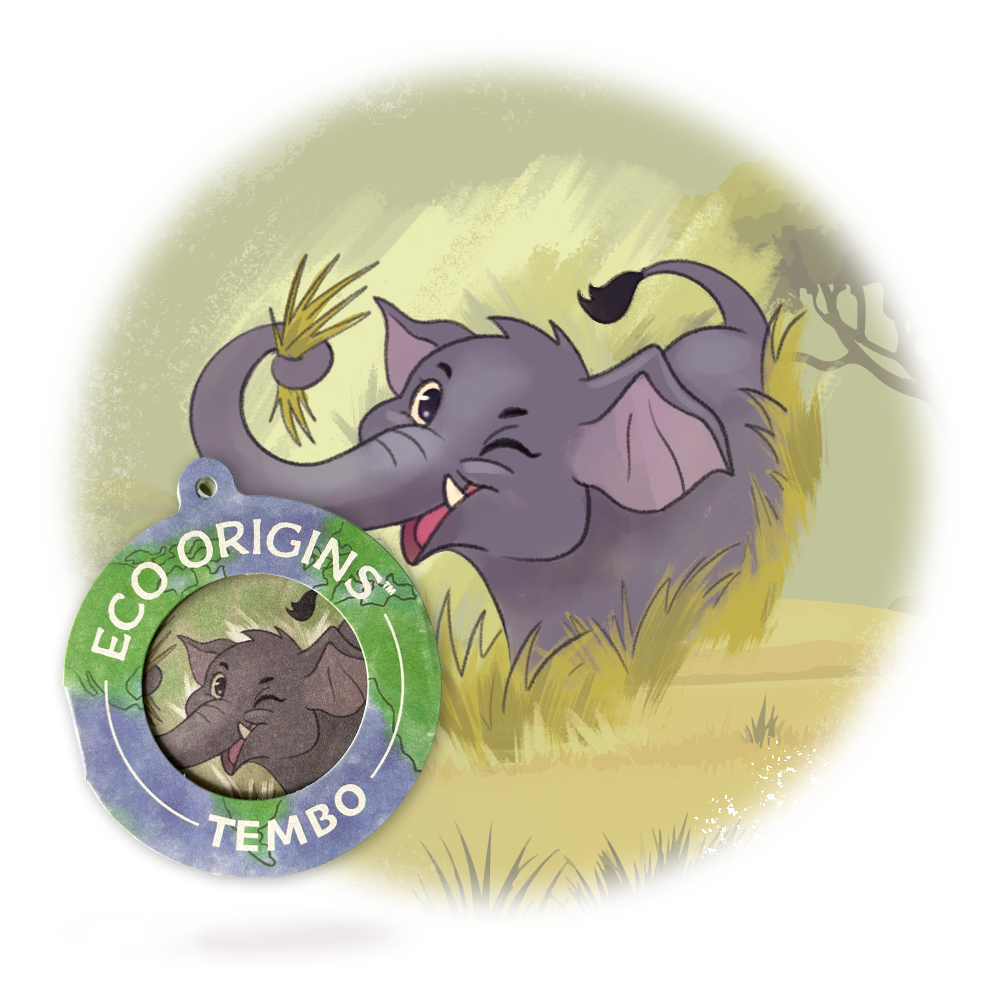
Measuring the Risk of Extinction
A species is considered critically endangered if it has lost 80% or more of its geographic range, and has a greater than 50% chance of extinction over the next 10–100 years.
Critically endangered elephant populations, such as the forest elephants in Central and West Africa, have seen drastic declines due to poaching for ivory, habitat destruction, and human-wildlife conflict. Their numbers have dropped by over 86% in the past three decades, and fewer than 50,000 individuals are estimated to remain in fragmented populations. These elephants face an extremely high risk of extinction without urgent conservation measures.
According to the IUCN, 1 species of elephants is categorised as Critically Endangered. [source]
A species is considered endangered if it has lost more than half of its geographic range, and has a greater than 20% chance of extinction over the next 10–100 years.
Endangered elephant species, including the Asian elephant, are at a high risk of extinction due to shrinking habitats caused by agriculture, infrastructure development, and illegal wildlife trade. Their populations, estimated at around 40,000–50,000, have decreased by at least 50% over the past three generations. Without dedicated conservation efforts, these species face a grim future.
According to the IUCN, 1 species of elephants is considered Endangered. [source]
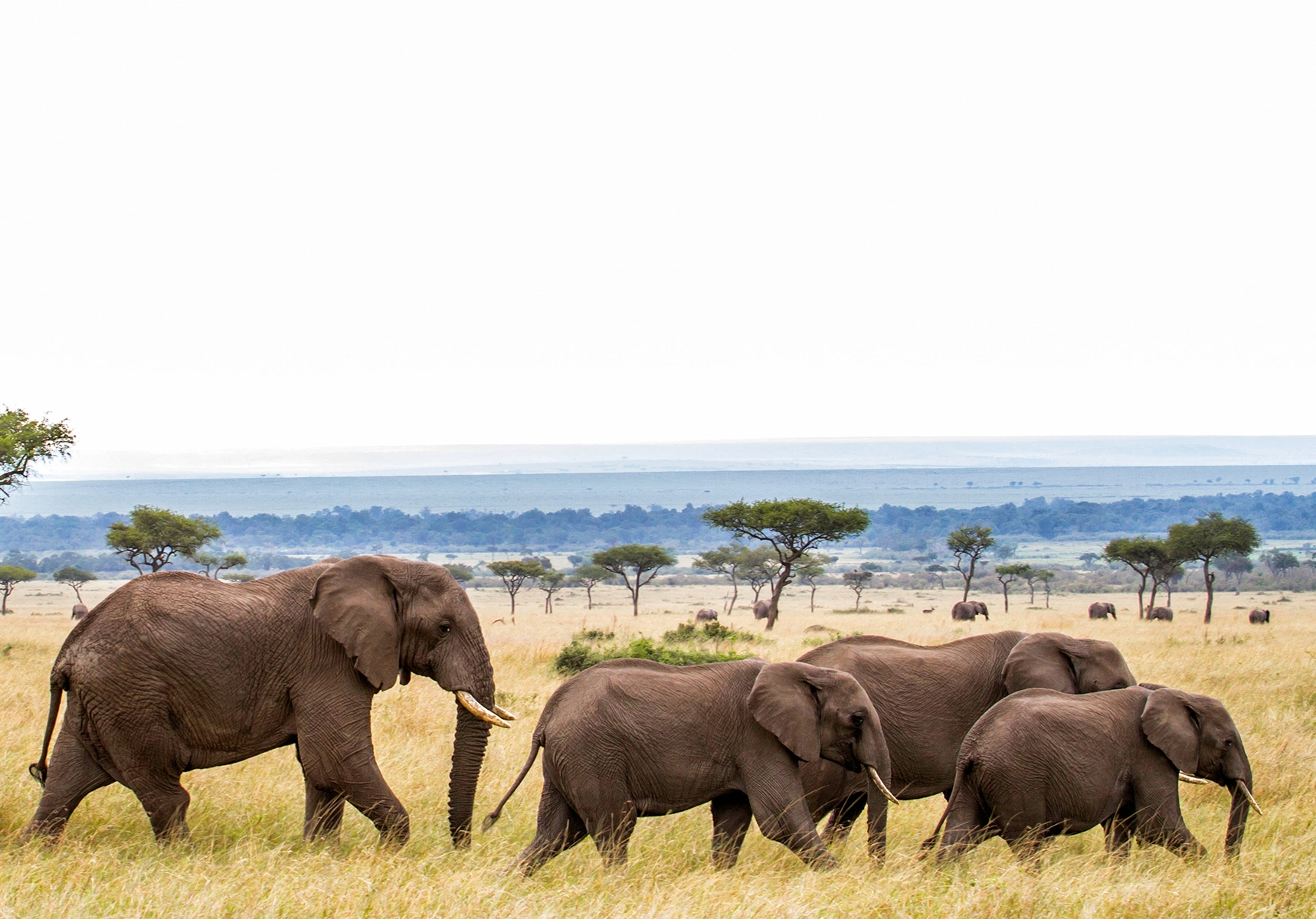
A species is considered vulnerable if there is a greater than 10% chance that it goes extinct in the wild within 100 years.
Vulnerable elephant species, such as the African savanna elephant, are experiencing population declines primarily due to poaching and habitat fragmentation. Despite their larger population of approximately 415,000 individuals, these elephants face a greater than 10% chance of extinction within the next century if current threats persist. Conservation initiatives have shown promise, but more action is needed to secure their survival.
According to the IUCN, 1 species of elephants is listed as Vulnerable. [source]
A species is close to meeting the definition of endangered, vulnerable, or critically endangered based on recent trends.
Near-threatened elephants, such as smaller localized populations within larger ranges, are not currently facing immediate extinction risks but are experiencing localized declines due to habitat pressures and human-elephant conflicts. These populations require ongoing monitoring and conservation support to prevent their status from worsening.
According to the IUCN, 1 species of elephants is categorized as Near Threatened. [source]
A species is widespread, abundant, and not threatened with extinction.
There are no elephant species currently classified as Least Concern. All elephant populations face varying levels of threats, underscoring the urgent need for global conservation efforts to protect these iconic species and their habitats.
According to the IUCN, 0 species of elephants are considered Least Concern. [source]
Measuring the Risk of Extinction
A species is considered critically endangered if it has lost 80% or more of its geographic range, and has a greater than 50% chance of extinction over the next 10–100 years.
Critically endangered elephant populations, such as the forest elephants in Central and West Africa, have seen drastic declines due to poaching for ivory, habitat destruction, and human-wildlife conflict. Their numbers have dropped by over 86% in the past three decades, and fewer than 50,000 individuals are estimated to remain in fragmented populations. These elephants face an extremely high risk of extinction without urgent conservation measures.
According to the IUCN, 1 species of elephants is categorized as Critically Endangered. [source]
A species is considered endangered if it has lost more than half of its geographic range, and has a greater than 20% chance of extinction over the next 10–100 years.
Endangered elephant species, including the Asian elephant, are at a high risk of extinction due to shrinking habitats caused by agriculture, infrastructure development, and illegal wildlife trade. Their populations, estimated at around 40,000–50,000, have decreased by at least 50% over the past three generations. Without dedicated conservation efforts, these species face a grim future.
According to the IUCN, 1 species of elephants is considered Endangered. [source]
A species is considered vulnerable if there is a greater than 10% chance that it goes extinct in the wild within 100 years.
Vulnerable elephant species, such as the African savanna elephant, are experiencing population declines primarily due to poaching and habitat fragmentation. Despite their larger population of approximately 415,000 individuals, these elephants face a greater than 10% chance of extinction within the next century if current threats persist. Conservation initiatives have shown promise, but more action is needed to secure their survival.
According to the IUCN, 1 species of elephants is listed as Vulnerable. [source]
Near-threatened elephants, such as smaller localized populations within larger ranges, are not currently facing immediate extinction risks but are experiencing localized declines due to habitat pressures and human-elephant conflicts. These populations require ongoing monitoring and conservation support to prevent their status from worsening.
According to the IUCN, 1 species of elephants is categorized as Near Threatened. [source]
There are no elephant species currently classified as Least Concern. All elephant populations face varying levels of threats, underscoring the urgent need for global conservation efforts to protect these iconic species and their habitats.
According to the IUCN, 0 species of elephants are considered Least Concern. [source]
100% Recycled: Head to Toe!

The fabric
We scour the best recycled material fabrics so that our plush always feels premium and soft to the touch!
Hang Tag
The Hangtag is made of recycled paper and attached with a Recycled Polyamide attacher.
Embroidery
Even our threads are recycled! They are extensively used in creation of adorable eyes!
Fiber Fill
What’s inside? Well it’s recycled, super soft, hypo-allergenic fiber!
Call of the Wild: Learning Den
Let’s get inspired to reconnect with nature! Discover cool facts about amazing animals, their families, and why they’re so important for keeping our planet wild and beautiful. It’s time to learn, explore, and take action to protect the incredible creatures that share our world.
15500
300
70
Is Tembo too ‘nosey’? Now that’s a stretch!
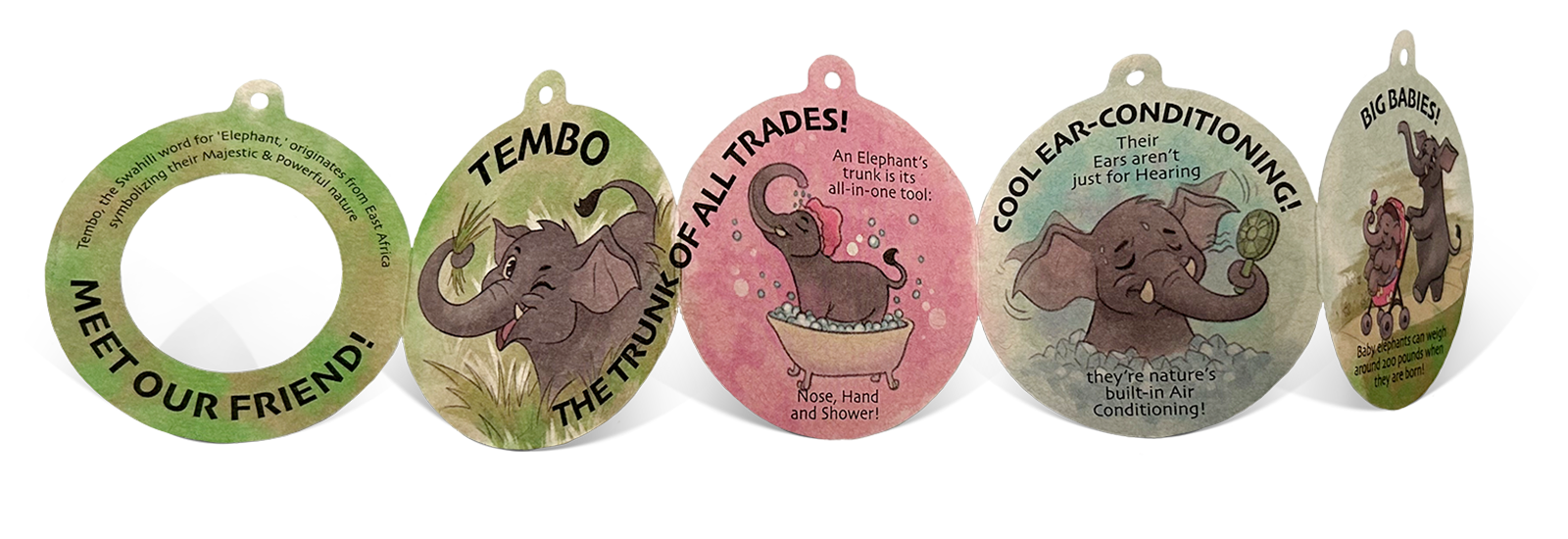
Fun Facts: Nature Nuggets!

“Trunk of all Trades!” An elephant’s trunk is its all-in-one tool: nose, hand and shower!
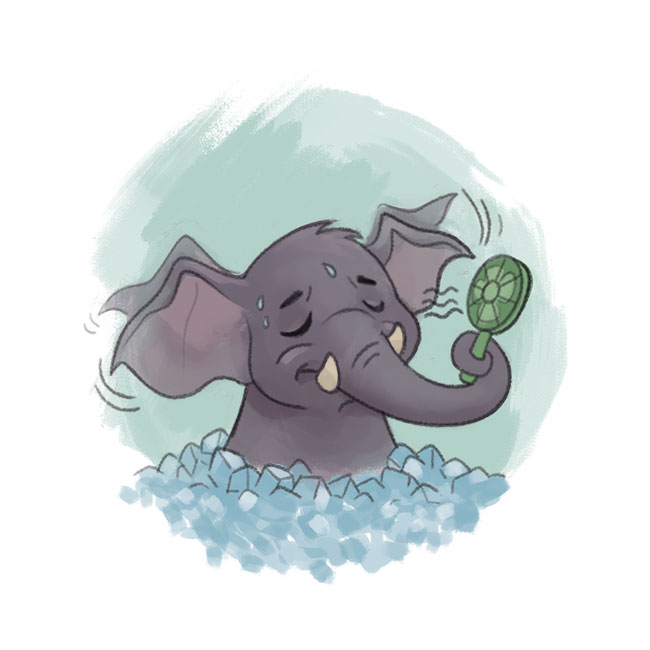
“Cool Ear-Conditioning!” Their ears aren’t just for hearing
, they’re nature’s built-in air conditioning!

“Big Babies!” Baby Elephants are around 200 pounds big when
they are born!

